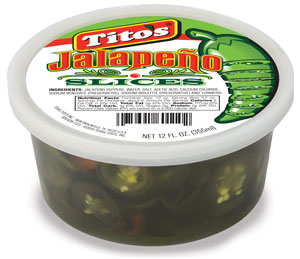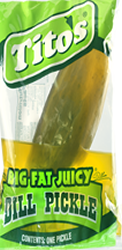Chili pepper shortage dampens the heat of Indian cuisine
BY JEANETTE SETTEMBRE
NEW YORK DAILY NEWS
Thursday, June 11, 2015, 2:00 AM
The spice isn’t right!
A federal ban on certain green chili peppers has sent shockwaves through the Indian restaurant world — with chefs from Curry Hill to Jackson Heights scrambling to find fiery alternatives and customers crying spiceless tears over their weak chicken tikka masala and vindaloo.
“It wasn’t anywhere close to spicy,” bemoaned Anish Samuel, 34, as he left Dhaba restaurant on Lexington Ave. the other day after eating a dispiriting plate of lamb biryani.
Samuel’s hot mess is the direct result of a March ban on produce imports from the Dominican Republic after the island nation was infiltrated by Mediterranean fruit flies — a ravenous pest that can destroy billions of dollars in agriculture.
The last major infestation in the U.S. was in 1989 — and federal officials have long memories. They also, apparently, have little regard for the sanctity of Indian cuisine, which depends of several varieties of the Capsicum annuum pepper, all known by one name in Indian food circles: “the green chili pepper.”
The import ban created a shortage that sent the cost of this hot commodity skyrocketing — from a little more than $1 to $15 per pound in some places. Many cooks are switching to substitutes like jalapenos, which is much less spicy, or habaneros, which aren’t even in the same pepper family.
Customers can’t be fooled.
“A lot of people are complaining the food is mild,” says Michelin-starred chef Hemant Mathur, who owns several Indian eateries in Curry Hill and white-tablecloth restaurants like Tulsi and serves as executive chef at Devi.
“The spice isn’t the same,” he insists. “Jalapeno is much sweeter than the green chili pepper.”
The spice in any pepper comes from the compound capsaicin, which clings to pain receptors on the tongue to produce a burning sensation. The banned chili has about 20,000 to 50,000 units of spice on the famed Scoville scale — named after pharmacist Wilbur Scoville, who created it in 1912.
Jalapenos, by comparison, have 5,000-15,000 Scoville units.
“Peppers (in Indian food) have a very quick and intense heat that goes away quickly — the jalapeno is exactly opposite. The heat builds and lingers forever,” says Danise Coon, a researcher for the Chile Pepper Institute at New Mexico State University.
“The jalapeno has a more grassy, fresh flavor profile while the small green chili pepper is more earthy, smoky and pungent,” she adds.
Mathur used to get 20 pounds of the green chilies for $45. Now he pays $150 for the same 20-pound case.
Indian grocery store The Spice Corner in Curry Hill went from paying $35 for 30 pounds of the chili to $160 for 25 pounds.
“Customers know there’s a shortage,” says Bharat Patel, the manager of India Grocers in Edison, N.J., which is now offering frozen alternatives and dried chilies such as kashmiri, a red pepper. They’re flying off the shelves in these desperate times.
Of course, it wasn’t always like this. Chili peppers were not even a part of Indian cuisine until they arrived from South America in the late 1500s. Before that New World import, black pepper gave the pungency to Indian food.
Too much time has passed to go back to that old grind, Mathur said. So with his customers craving the painful burn, Mathur is experimenting, mad scientist-style, with different blends of other spicy peppers.
“We’re thinking up new recipes,” he says, pessimistically.
With Peter Sblendorio
What is an Indian green chili pepper?
Name: Capsicum Annuum
Scoville Units: 20,000-50,000
Most common C. annuum varieties in Indian cusine: Santaka, Hontaka and Takanotsume.
Native to: South America
jsettembre@nydailynews.com


